How nearly 200 Million Chinese students could go back to school - iWONDER
China says the reopening of classrooms proves that its top-down system is superior. To overwhelmed teachers and students stuck on campuses, its restrictions can feel like overkill.
Under bright blue skies, nearly 2,000 students gathered this month for the start of school at Hanyang No. 1 High School in Wuhan, the Chinese city where the coronavirus first emerged.
Medical staff stood guard at school entrances, taking temperatures. Administrative officials reviewed the students’ travel histories and coronavirus test results. Local Communist Party cadres kept watch, making sure teachers followed detailed instructions on hygiene and showed an “anti-epidemic spirit.”
“I’m not worried,” a music teacher at the school, Yang Meng, said in an interview. “Wuhan is now the safest place.”
As countries around the world struggle to safely reopen schools this fall, China is harnessing the power of its authoritarian system to offer in-person learning for about 195 million students in kindergarten through 12th grade at public schools.
While the Communist Party has adopted many of the same sanitation and distancing procedures used elsewhere, it has rolled them out with a characteristic all-out, command-and-control approach that brooks no dissent. It has mobilized battalions of local officials and party cadres to inspect classrooms, deployed apps and other technology to monitor students and staff, and restricted their movements. It has even told parents to stay away for fear of spreading germs.
China’s leader, Xi Jinping, said in a speech on Tuesday that the country’s progress in fighting the virus, including the opening of schools, had “fully demonstrated the clear superiority of Communist Party leadership and our socialist system.”
China’s top-down, state-led political system allows the party to drive its vast bureaucracy in pursuit of a single target — an approach that would be nearly impossible anywhere else in the world.
In the United States, where the pandemic is still raging, discussions about how and when to resume in-person classes have been fraught. An absence of a national strategy has left school districts to craft their own approach. Coronavirus tests can be hard to come by. Parents have expressed misgivings about sending their children back to classrooms. Teachers’ unions have threatened to strike, while college students have flouted rules against gatherings.
In China, where the virus has largely been under control for months, there is no such debate. The party controls the courts and the news media and quashes any perceived threats to its agenda. Local bureaucracies have little choice but to obey the orders of the all-powerful central government. Independent labor unions are banned and activism is discouraged, making it difficult for the country’s more than 12 million teachers to organize. Administrators have corralled college students inside campuses, forbidding them to leave school grounds to eat or meet friends.
“The Chinese system moves by itself,” said Yong Zhao, a scholar at the University of Kansas who has studied education in China. “The system is run like a military: it just goes for it, no matter what anyone thinks.”
In many ways, China is applying the same heavy-handed model to reopen schools that it has used to bring the virus under control. To stop the epidemic, the authorities imposed harsh lockdowns and deployed invasive technologies to track residents, raising public anger in some places and concerns about the erosion of privacy and civil liberties.
With schools, the government’s effort has in some places been met with similar frustrations. Teachers, who are at times doubling as medical workers, checking for fevers and isolating sick students, say they are exhausted by the new protocols. Students have complained that some policies, such as lockdowns on university campuses, are excessive.
China is introducing many of the same measures as countries in Europe and elsewhere where schools have recently reopened. Principals are instructing students and teachers to keep a distance inside classrooms, though seating arrangements remain largely the same. Teachers are trying to keep students separated by grade, assigning specific routes and entrances for different age groups to avoid crowding. Masks are mostly optional inside classrooms for students and staff.
But China’s approach is also much more demanding, as it has been throughout the pandemic. Students and staff in areas where outbreaks had previously been reported, or who had traveled to areas considered risky, were required to show coronavirus test results before the start of school. Education officials have urged students to avoid “unnecessary outings” aside from going to school, though the rule is unlikely to be enforced. Students are also discouraged from speaking while eating or taking public transportation.
“One heart and one mind to prevent and control the epidemic,” reads a propaganda slogan plastered around school grounds.
China still faces the possibility of fresh outbreaks, epidemiologists say, especially in the fall and winter months. But so far, the measures appear to be effective, with no outbreaks or school closures reported.
The opening of schools has given Mr. Xi a propaganda win in a time of slowing economic growth and international criticism over his government’s early cover-up and mishandling of the outbreak.
The state-run news media has closely covered America’s difficulties in resuming classes, while highlighting China’s progress in getting parents back to work — key to the country’s attempts to drive an economic recovery.
The first day of the new semester at a school in the northeastern Chinese city of Shenyang this month. Credit...Agence France-Presse — Getty Images
“When parents start a new day at work knowing that their children are well-protected at school,” read a recent commentary by Xinhua, the official news agency, “they will be filled with a sense of assurance living in this land where life is a top priority.”
While the central government has warned school officials to avoid becoming “paralyzed or lax,” it is unclear whether the measures are sustainable. The government’s blanket rules have provoked ire in some corners.
Many schools are already short on staff and resources, and educators say they are struggling to keep up with long lists of virus-control tasks. Some teachers are rising at 4 a.m. just to review protocols.
“There are too many things, and we aren’t compensated,” Li Mengtian, a teacher at a primary school in the city of Shenzhen, said in a telephone interview. “We need to spend a lot of time and energy on our work.”
New York Times
Bütün xəbərlər Facebook səhifəmizdə


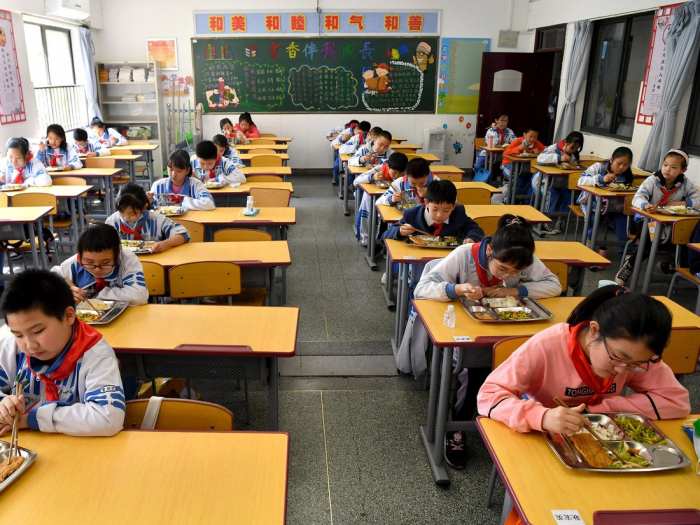

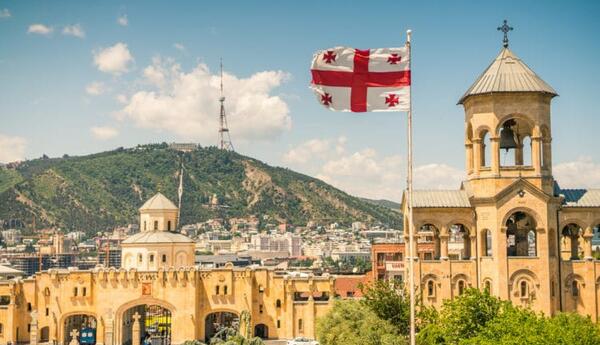
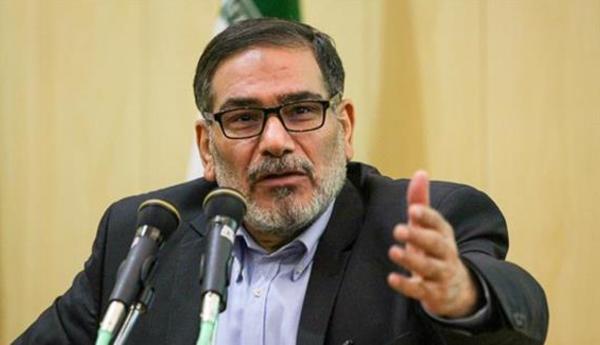
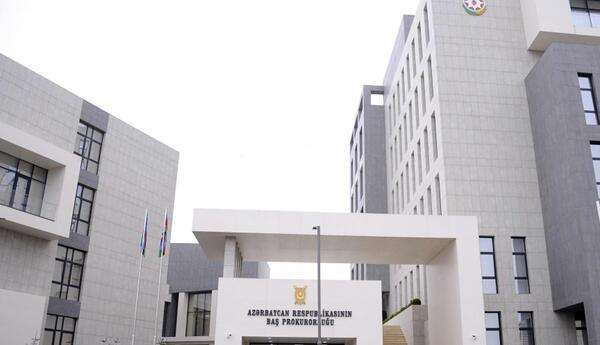
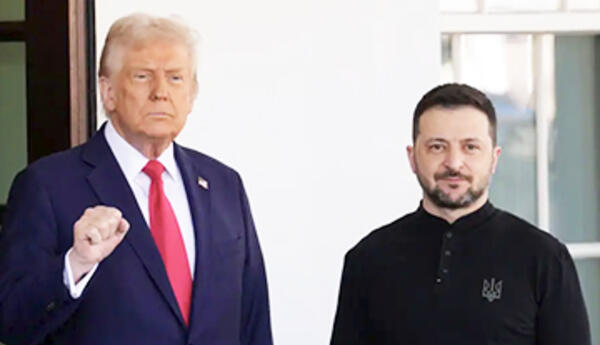
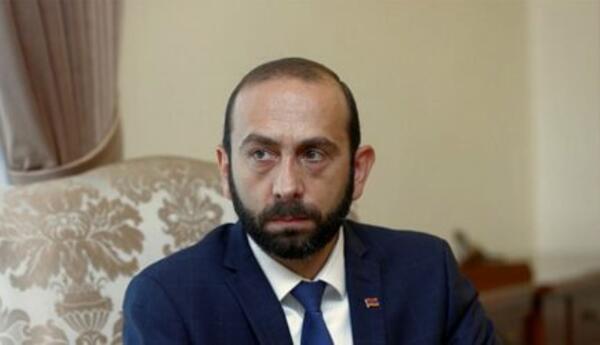
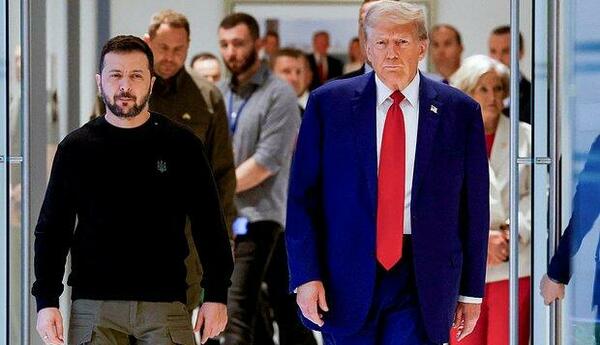
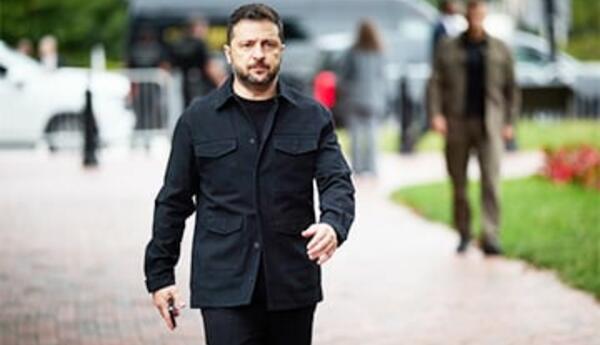
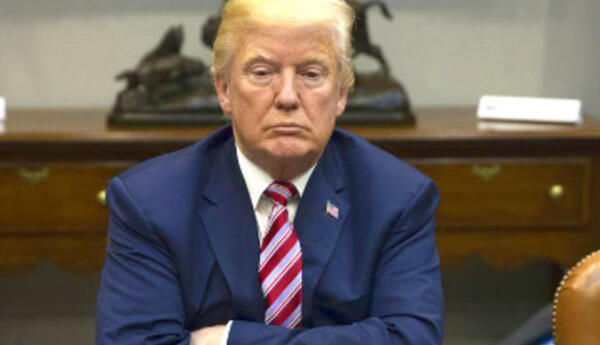
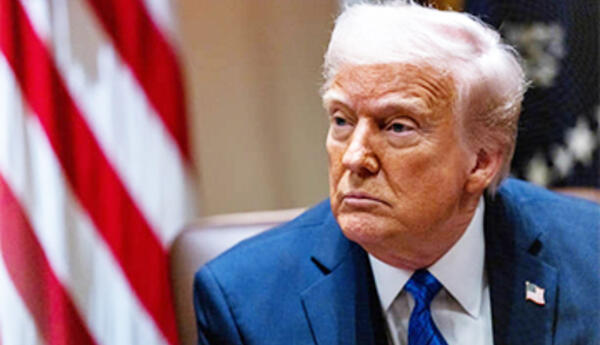
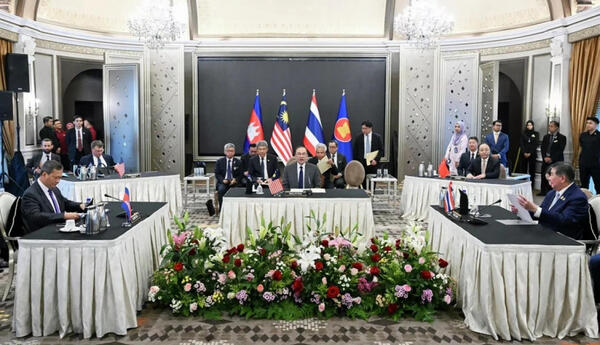

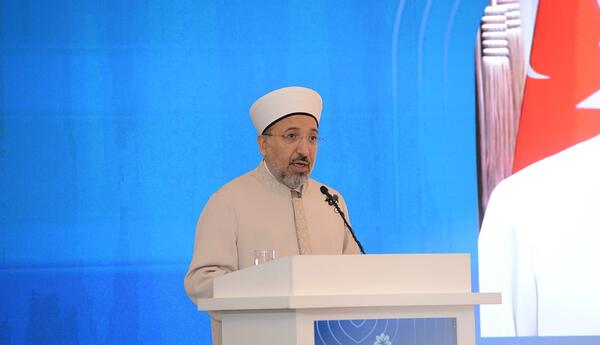








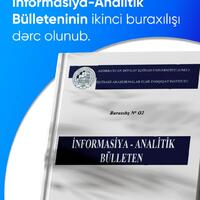

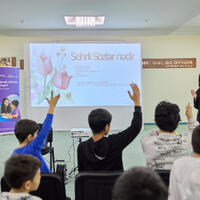
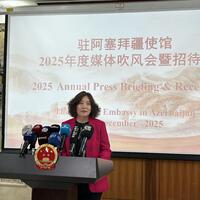


.jpg)
 USD
USD
 EUR
EUR GBP
GBP RUB
RUB